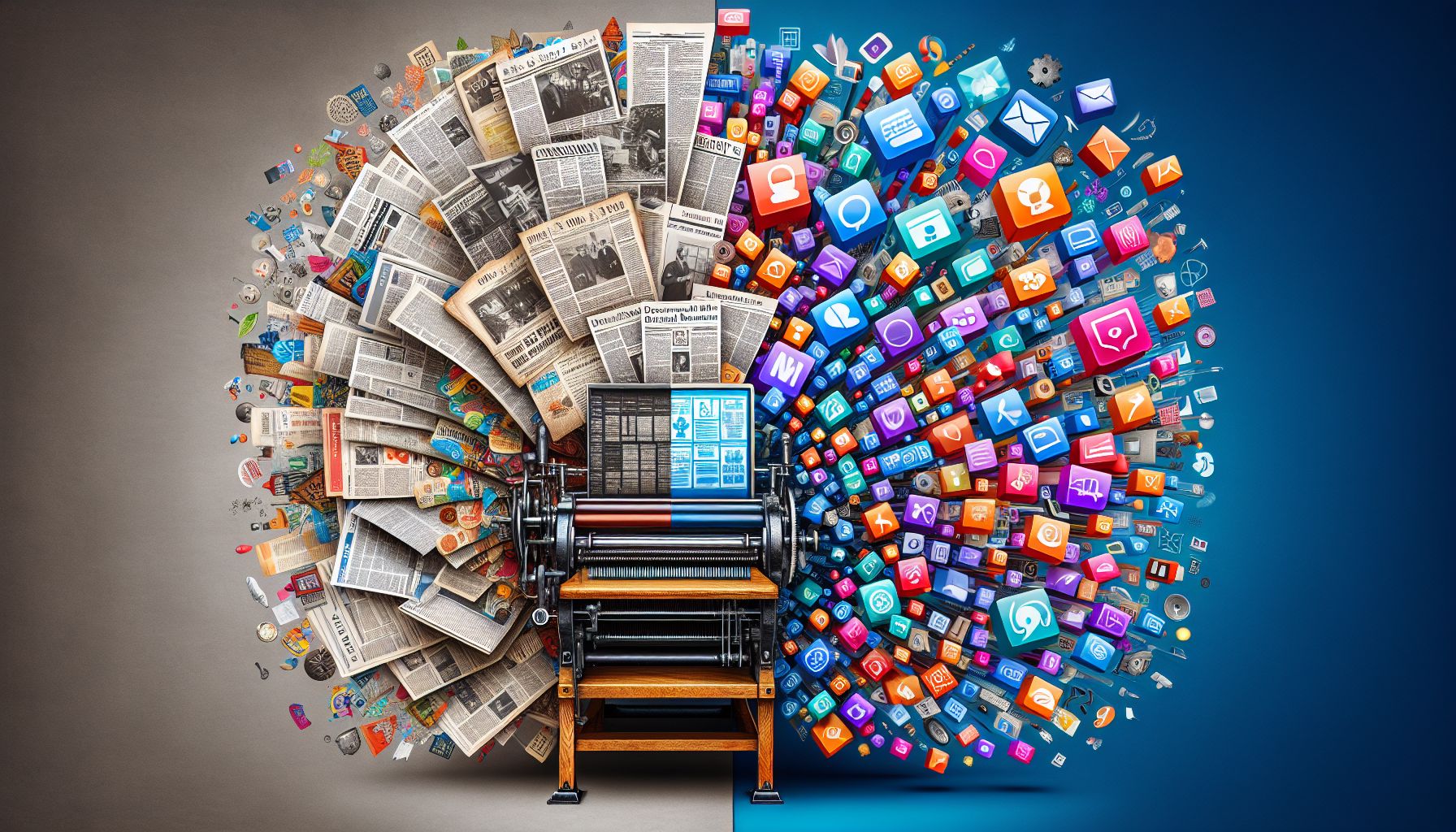In today’s fast-paced, digital world, it’s easy to get caught up in the latest trends when it comes to marketing your business. From social media campaigns to email newsletters, there are endless options for reaching your target audience online. However, one tried-and-true method that should not be overlooked is printed marketing. Despite the rise of digital advertising, printed materials still hold a significant place in the marketing world and can be a valuable tool for businesses of all sizes.
The Benefits of Printed Marketing
There are several key benefits to incorporating printed marketing materials into your overall marketing strategy. For starters, printed materials can help you stand out in a crowded digital landscape. With so much noise online, a well-designed brochure or flyer can catch the eye of potential customers and make a lasting impression. Additionally, printed materials can lend a sense of credibility and legitimacy to your business. When a customer holds a physical piece of marketing material in their hand, it can create a sense of trust and authenticity that digital ads often lack.
Printed marketing materials also have a longer lifespan than digital ads. While an online ad may only be seen for a few seconds before being scrolled past, a brochure or business card can be kept and referenced for weeks or even months. This longevity can help keep your brand top-of-mind for customers, leading to increased brand recognition and loyalty.
Types of Printed Marketing Materials
There are many different types of printed marketing materials that businesses can utilize, depending on their goals and target audience. Some common examples include:
-
Brochures: Brochures are a versatile tool that can be used to showcase products or services, provide information about your business, or promote a special offer or event. They can be distributed at trade shows, in-store, or through direct mail campaigns.
-
Business Cards: Business cards are a classic marketing tool that can help you make a memorable first impression with potential customers. They are convenient to carry and can provide essential contact information for networking opportunities.
-
Postcards: Postcards are a cost-effective way to reach a large audience with a targeted message. They can be used to promote a sale, announce a new product, or invite customers to an event.
-
Flyers: Flyers are a versatile marketing tool that can be used for a variety of purposes, such as announcing a grand opening, promoting a special event, or advertising a limited-time offer.
-
Catalogs: Catalogs are a great way to showcase a large number of products in a visually appealing format. They can be mailed to customers or distributed in-store.
Designing Effective Printed Marketing Materials
When designing printed marketing materials, it’s important to consider several key factors to ensure they are effective in reaching your target audience.
First and foremost, your materials should be visually appealing and on-brand. Use eye-catching graphics, high-quality images, and consistent branding elements to create a cohesive look that reflects your company’s identity.
In addition to aesthetics, your messaging should be clear and concise. Clearly communicate your value proposition, product benefits, or promotional offer in a way that is easy for customers to understand.
Lastly, be strategic in how you distribute your printed materials. Consider your target audience and the most effective ways to reach them, whether it’s through direct mail, in-store distribution, or at a trade show.
The Role of Printed Marketing in an Integrated Strategy
While digital marketing is undoubtedly important in today’s world, printed marketing materials can play a valuable role in an integrated marketing strategy. By incorporating both digital and printed materials, businesses can reach customers through multiple touchpoints and reinforce their brand message across different channels.
Printed materials can also help drive traffic to your digital channels. For example, including a QR code on a brochure or flyer that links to your website can encourage customers to learn more about your products or services online.
Additionally, printed materials can be a great way to target specific demographics or geographic areas. For example, a direct mail campaign can be tailored to reach customers in a specific neighborhood or ZIP code.
Conclusion
In conclusion, printed marketing materials still hold a valuable place in the marketing world and should not be overlooked in favor of digital strategies. By incorporating printed materials into your overall marketing strategy, you can stand out in a crowded digital landscape, build credibility and trust with customers, and create a lasting impression that drives brand recognition and loyalty. Whether it’s a brochure, business card, postcard, or flyer, printed materials can be a powerful tool for businesses of all sizes. So next time you’re planning your marketing campaign, don’t forget about the power of printed marketing.
